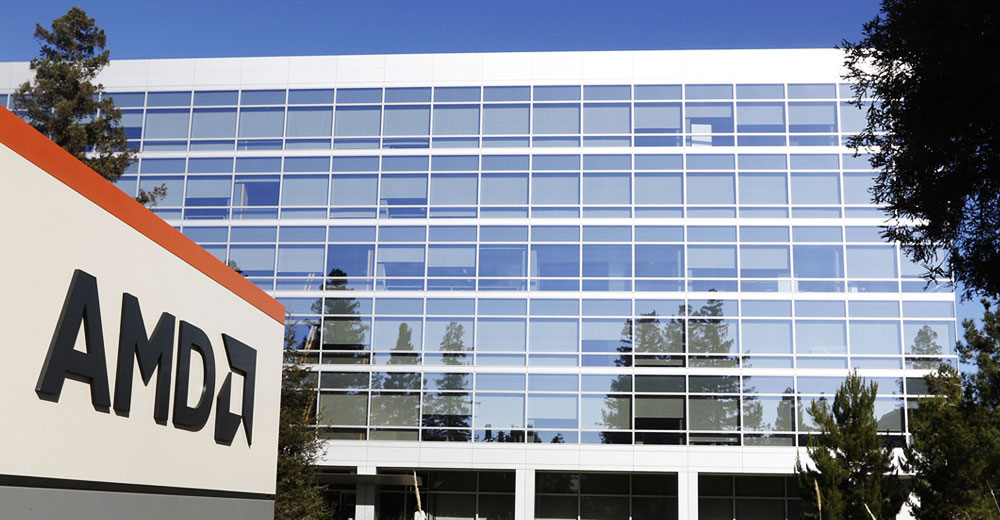Global e-commerce transactions will skyrocket to US$11.4 trillion by 2029, a 63% increase from an estimated $7 trillion in 2024, according to a report released Tuesday by Juniper Research, a U.K.-based company.
A critical driver of that growth will be alternative payment methods (APMs), such as digital wallets, account-to-account payments, and buy-now-pay-later, which will spur e-commerce growth in the world’s emerging markets, noted the report written by Juniper Research Analyst Lorien Carter. By 2029, she predicted, APMs will account for 69% of all global e-commerce transactions.
The report added that as APMs make e-commerce payments more inclusive, unbanked consumers in emerging markets will shift their purchasing habits online. This shift will be complemented by increased investment in delivery ecosystems, making deliveries more viable and increasing e-commerce’s value proposition.
“Alternative payment options have grown substantially, with APM transaction volumes leapfrogging cards in emerging markets,” Carter said in a statement. “As merchants look to attract new users and geographies, they must consider offering APMs [as] a key strategy to accomplish this.”
“The e-commerce growth numbers are realistic,” asserted Lou Haverty, owner of Tank Retailer, a storage tank seller in Springfield, Pa., and former financial analyst in the banking industry.
“They are being driven by a fundamental shift in consumers’ comfort level with using payment methods to make online e-commerce purchases combined with cost savings benefits for traditional merchants to transition from an expensive brick and mortar model to a less expensive e-commerce model with an inventory light cost structure,” he told the E-Commerce Times.
No E-Commerce Growth Without Trust
Haverty added that alternative payment methods can help support growth as long as they are trustworthy for consumers and merchants. “The biggest limitation for growth in e-commerce is the risk of fraud,” he said.
“Credit cards allow consumers to trust making online purchases because they can initiate a chargeback if they don’t receive the merchandise they paid for,” he explained. “If alternative payment methods in emerging markets do not provide consumers with strong fraud protections, [they] will be reluctant to make purchases online.”
“Low consumer trust will stop e-commerce growth cold,” he continued, “so building and maintaining payment systems to do a great job building trust with consumers will be the big winners in future e-commerce markets.”
Eric Shoykhet, CEO of Link Money, a financial technology company in San Francisco, added, “It’s super important in e-commerce to have a variety of payment methods because folks like paying in different ways.”
“There’s a lot of folks who, for various reasons, may not want to utilize a credit card or a debit card in certain scenarios,” he told the E-Commerce Times. “So alternative payment methods can be extremely important to get an actual transaction completed.”
“A lot of alternative payment methods, like account-to-account payments, are much cheaper than alternatives like credit cards,” he said. “That’s really important for merchants looking to save money and ultimately save consumers money.”
Key to Growth in Developing Markets
Alternative payment methods will be crucial for growth in developing markets, especially as smartphone use increases. In Latin America, for example, the smartphone adoption rate is expected to reach 92% by 2030, up from 80% in 2023, according to Statista.
“These consumers have specific payment preferences, and they have phones in their hands,” observed Esteban Sarubbi, vice president for Latin America for Paysafe, a global payments provider.
“Paysafe’s recent Inside the Wallet research found that 37% of Latin American consumers were using more digital wallets than a year ago when paying online, with the same being true for 29% of Europeans and 25% of North Americans,” he told the E-Commerce Times. “And 20% of Latin American consumers had used bank transfer within the last month, while in Europe that number was 14% and in US and Canada, 8%.”
“APMs will make e-commerce more inclusive by offering diverse payment options that cater to the unbanked and underbanked populations in Latin America,” he explained.
“Cash is still very present due to [the] informal economy and street commerce. However, most Latin American consumers have access to a smartphone, making digital wallets, bank transfers, and eCash a must at the checkout,” he said. “These methods allow consumers who lack access to traditional banking to participate in the digital economy, increasing their access to goods and services.”
Overcoming Barriers to Commerce
Sarubbi acknowledged that barriers to e-commerce growth in developing markets still need to be surmounted. “The growth of e-commerce in Latin America has faced barriers including limited access to credit and banking services, a lack of trust in online transactions, and logistical challenges, such as inefficient delivery infrastructure,” he said.
“Additionally, the high cost of cross-border transactions and complex regulatory environments in different countries have also hindered expansion,” he added.
However, he noted, “Most countries have addressed the main issues, unlocking the potential of the e-commerce market in the region.”
Michael Chien, CEO and co-founder of 101 Pickleball, in Cleveland, Tenn., a pickleball equipment seller planning to expand into developing markets, agreed that there are barriers to e-commerce growth in those regions but maintained the rise of digital wallets and account-to-account payments is set to transform those markets by providing more accessible and secure ways to pay, especially in areas with low credit card penetration.
“For e-commerce merchants like me, this trend means we must adapt by integrating APMs into our payment systems to stay competitive and reach a broader customer base,” he told the E-Commerce Times.
“The continued evolution of APMs will likely shape the e-commerce landscape, pushing merchants to innovate in payment methods and security measures to meet diverse customer needs,” he said.
Checkout Options
Juniper’s research also predicted that as payment service providers (PSPs) offer more APMs, offering suitable payment options to users at checkout will be crucial in optimizing customer conversion rates.
PSPs must maximize customer satisfaction by tailoring purchase options to the location and demographic of individual consumers, it noted. PSPs can maximize these conversion rates by partnering with local payment companies with in-depth knowledge of consumer preferences and supporting regional payment options.
“Paysafe’s Inside the Wallet research found that 43% of global consumers said that they have abandoned their online shopping cart because their payment method of choice wasn’t available,” Sarubbi said.
“The e-commerce payments market around the world is demanding payment choice, consumer convenience, and seamless checkout. Merchants that adapt to local needs will be well-positioned to capture this growing market, catering to more consumers and increasing conversion rates,” he added.
























































Social Media
See all Social Media